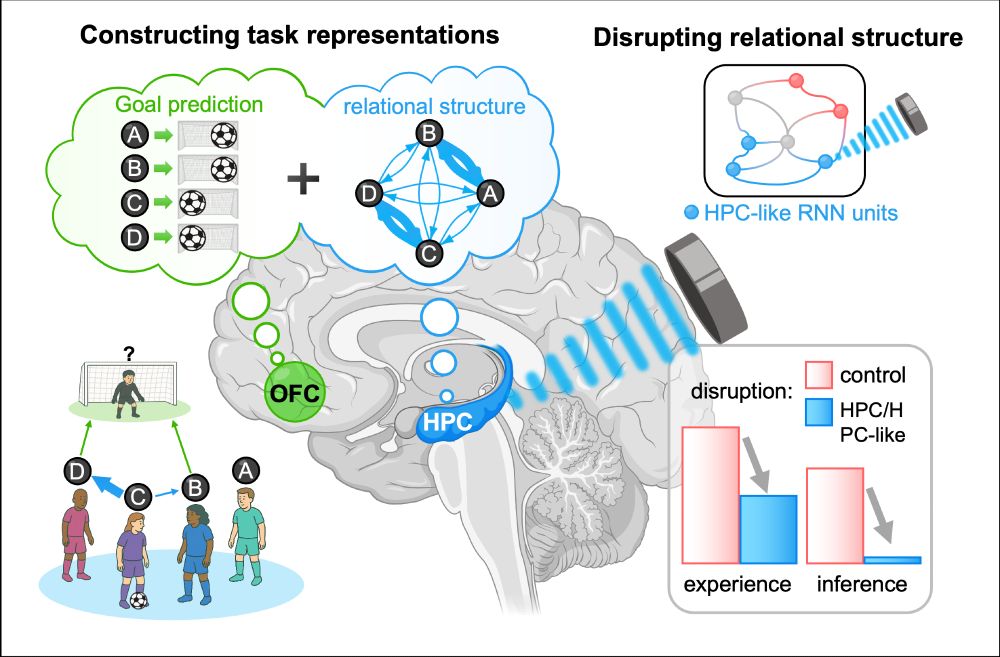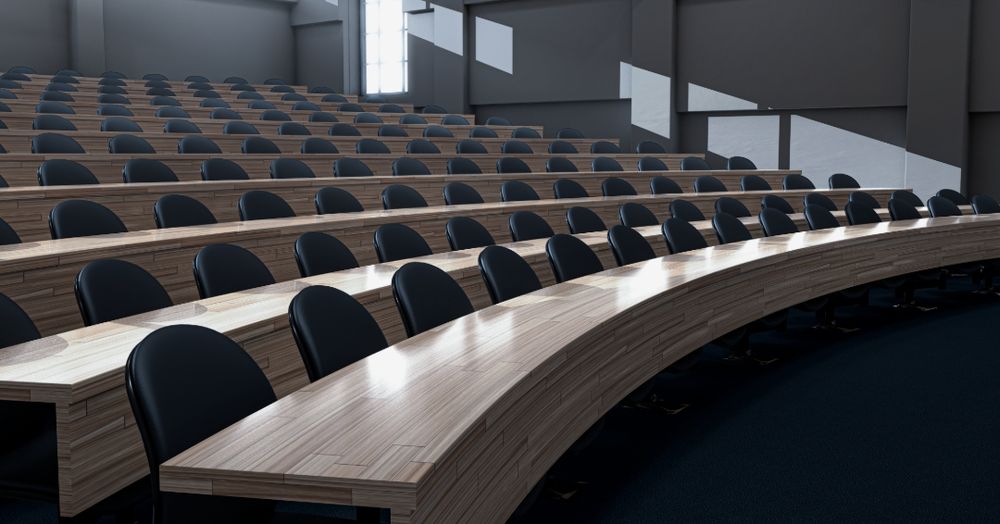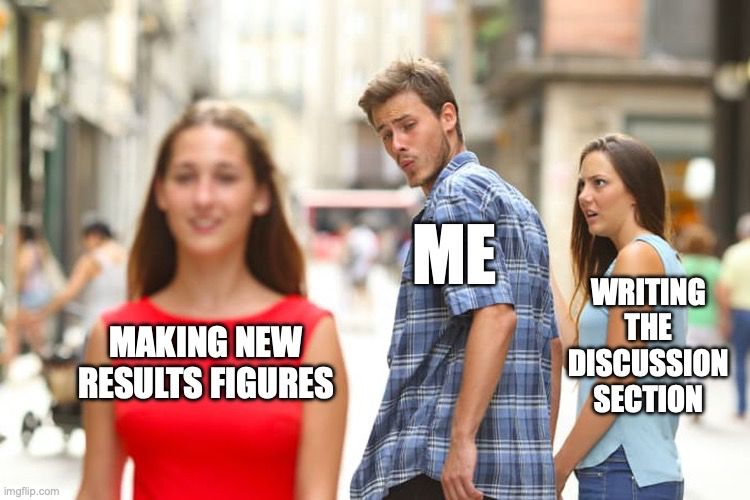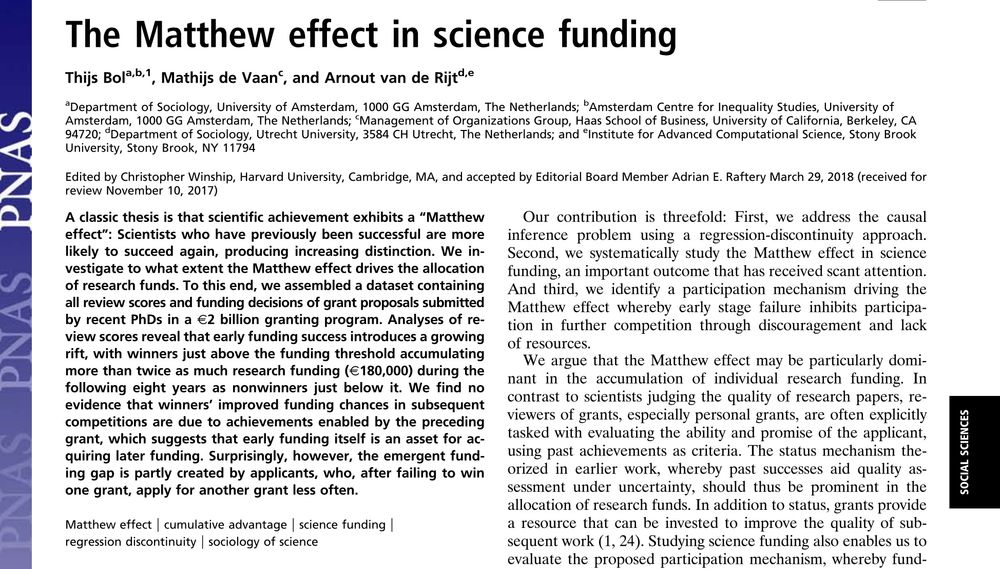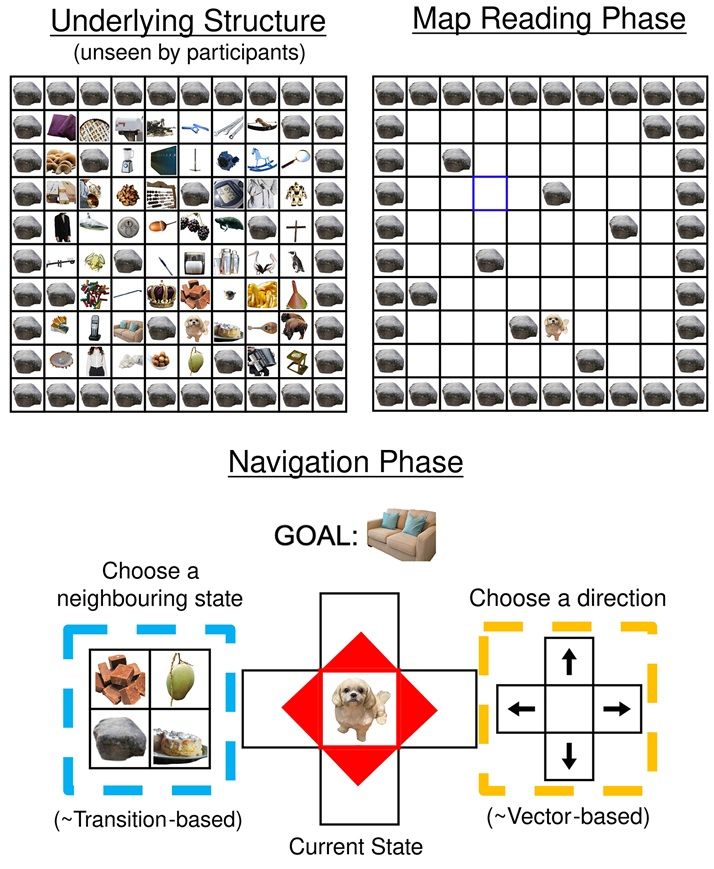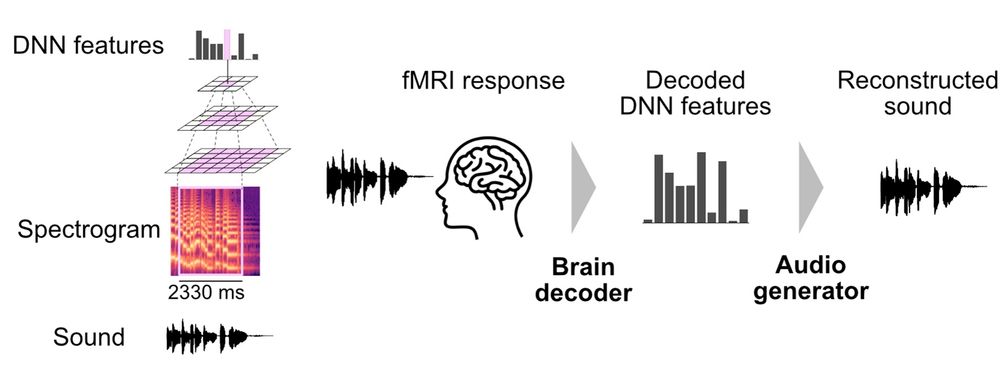Furl Lab
@furllab.bsky.social
240 followers
610 following
30 posts
We study the mind's mechanisms that give rise to decision making, social behaviour and face perception, guided by behavioural experiments, fMRI, EEG, computational models. Why do people make bad decisions? @rhulpsychology.bsky.social
Posts
Media
Videos
Starter Packs
Pinned
Furl Lab
@furllab.bsky.social
· Feb 18
Reposted by Furl Lab
Reposted by Furl Lab
Reposted by Furl Lab
Reposted by Furl Lab
Reposted by Furl Lab
Reposted by Furl Lab
Reposted by Furl Lab
Reposted by Furl Lab
Meike Ramon
@meikeramon.bsky.social
· Aug 28

Super-Recognizers, or Su-Perceivers? Insights from fast periodic visual stimulation (FPVS) EEG - Brain Topography
The term Super-Recognizer (SR), which describes individuals with supposedly superior facial recognition abilities, may be something of a misnomer. In the same way that blind individuals would not be c...
link.springer.com
Reposted by Furl Lab
Furl Lab
@furllab.bsky.social
· Aug 28
Reposted by Furl Lab
Reposted by Furl Lab
Tom Marvan 🇪🇺
@tmarvan.bsky.social
· Aug 26
Reposted by Furl Lab
Furl Lab
@furllab.bsky.social
· Aug 25
Reposted by Furl Lab
Reposted by Furl Lab
Reposted by Furl Lab
Reposted by Furl Lab
Reposted by Furl Lab
Reposted by Furl Lab
Blake Richards
@tyrellturing.bsky.social
· Jul 11

Sensory responses of visual cortical neurons are not prediction errors
Predictive coding is theorized to be a ubiquitous cortical process to explain sensory responses. It asserts that the brain continuously predicts sensory information and imposes those predictions on lo...
www.biorxiv.org







